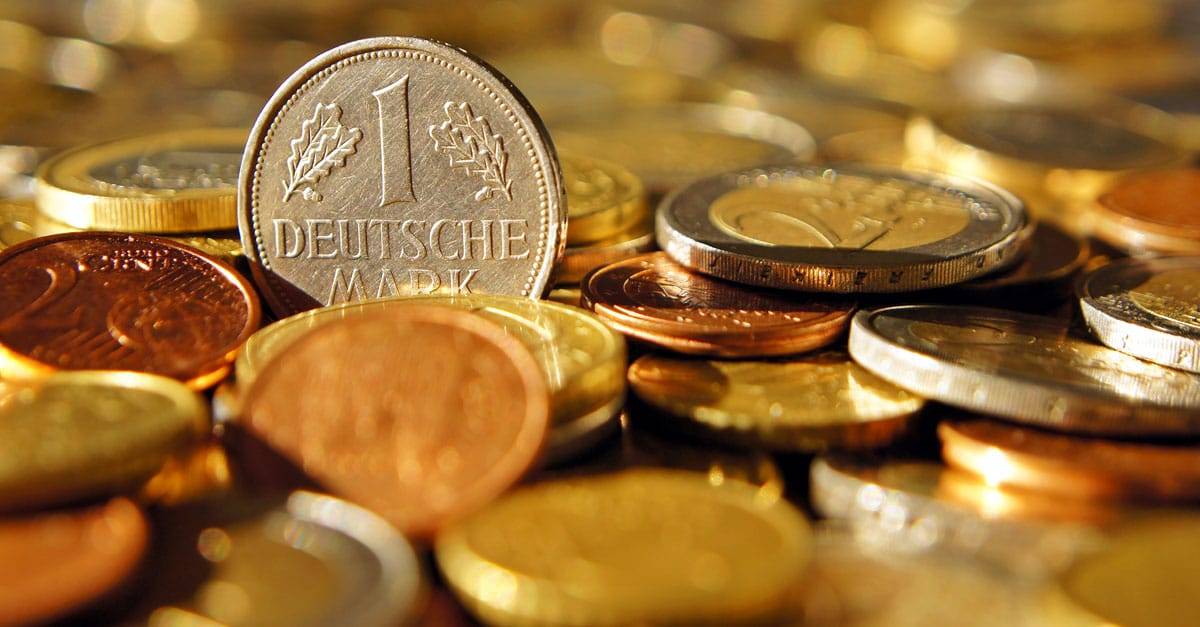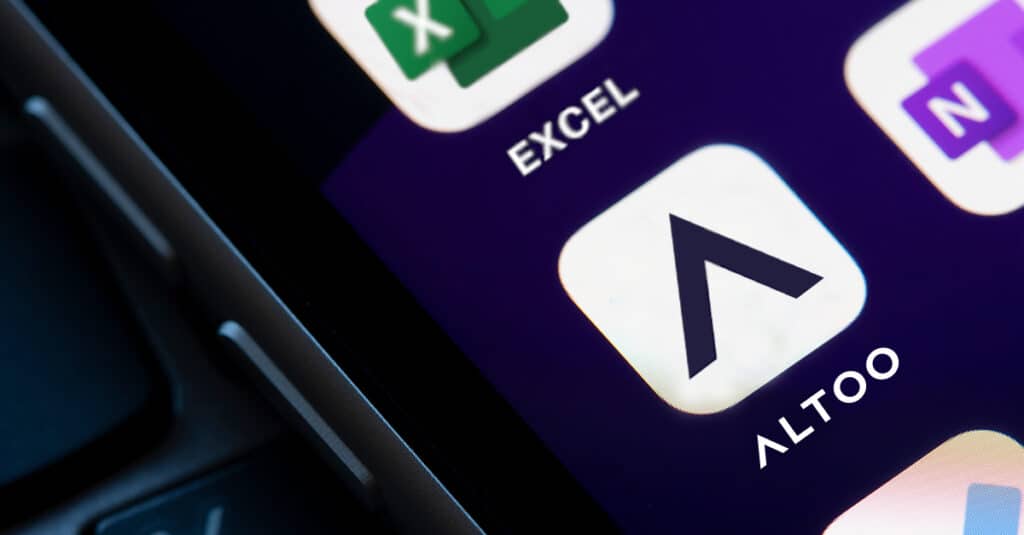True nostalgia can be described as the statements of many Germans about their post-war currency. The sentiment and longing are associated with “better times”, when everything was clear and order prevailed. From 1948 to 1990 in West Germany and then for another 10 years in the unified land, the Deutsche Mark was the official currency of the largest European economy. But the history of the D-Mark is full of ups and downs.
1948: Currency Reform by the German Chancellor
During the first two years of occupation, the Allies of France, the United Kingdom, the United States, and the Soviet Union were not able to successfully negotiate a possible currency reform in Germany. Due to the strains between them, each zone was governed independently as regards monetary matters. Therefore, each of the Allies printed its own occupation currency, the so-called German Allied Military Currency. It was paid out to soldiers at a fixed rate of exchange and simply declared legal tender in occupied areas by local commanders.
On Friday, June 18, 1948, Chancellor Ludwig Erhard announced the currency reform for Sunday, June 20. Each adult person received 40 new Deutsche Marks against the presentation of 60 Reichsmarks and, later again, 20 DM. Savings and other credits had to be declared within a few days; otherwise, they lost their value. The average earning was about 300 DM; rent was frozen at 40 DM; heating and fuel were scarce; and food was relatively expensive.
The name Mark derives from the original Germanic unit of weight, which was later changed to the Mark as the currency, mainly in the area of the northern German Hanseatic cities.
Your Wealth, Our Priority: Altoo's Consolidation Power, Secure Document Management, and Seamless Stakeholder Sharing for High Net Worth Individuals. Preview Platform.
Hard times for the Deutsche Mark
The introduction of the new currency was intended to protect western Germany from a second wave of hyperinflation and to stop the rampant barter and black market trade (where cigarettes were used as currency). The beginning was hard. The currency would have almost failed in the winter of 1950/51 if its European partners had not generously granted loans. With the help of the Marshall Plan, the shift succeeded—the money that the Germans repaid to the Americans could be put back into investments as a loan. From 1950 on, the inscription Federal Republic of Germany appeared on the coins.
A recession in 1966, triggered by the Bundesbank, brought Erhard’s down. The D-Mark was gradually appreciated against the US dollar until the exchange rate was released in the early 1970s. The D-Mark also lost value during its period of validity; in the 1990s, it had only about 27% of its 1949 purchasing power. However, other currencies suffered significantly higher inflation losses during the same period.
One of the most stable Currencies
The Deutsche Mark had a reputation as one of the world’s most stable currencies; this was based on the monetary policy of the German Federal Bank. The policy was “hard” in relation to the policies of certain other central banks in Europe. The “hard” and “soft” were in respect to the aims of inflation and political interference. However, it should be remembered that “hard” is relative only if it is compared to other currencies, as in its 53-year history, the purchasing power of the German mark was reduced by over 70%.
As of January 1, 2002, the euro was introduced as cash in Luxembourg, Finland, Ireland, Belgium, the Netherlands, Austria, France, Italy, Spain, Portugal, Greece, and Germany. The exchange rate for the D-Mark had already been set at 1,95583 D-Marks three years earlier.
Many Germans found it difficult to say goodbye to the D-Mark because it was a guarantee of prosperity and security. After all, in a survey two and a half years after the introduction of the euro, 60 percent of respondents stated that they are now positive about the euro.









